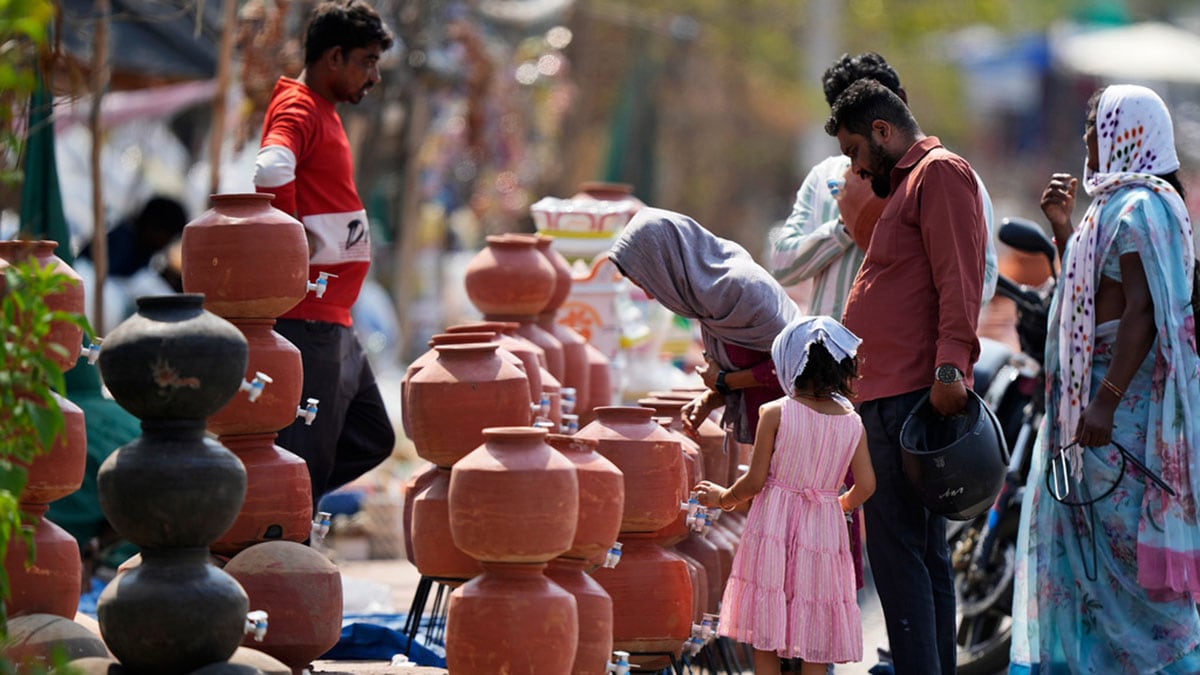Days after a Delhi weather station reported a high temperature of 52.9°C, one in Maharashtra’s Nagpur reported mercury going past 56°C this week. Several places across India have recorded temperatures near or past 50°C, posing a serious threat to the health particularly of those working outdoors.
We spoke to Dr Tushar Tayal of the Internal Medicine department at the CK Birla Hospital, Gurugram, to understand what such high temperatures do to our bodies and how one might protect oneself under such heat conditions. Excerpts: How does extreme heat with temperatures crossing 50 degrees Celsius affect the human body, and what are the first signs of heat-related illnesses? On exposure to temperatures above 50°C, humans may suffer from heat stroke which is a condition characterised by abnormally elevated body temperature, often with accompanying physical and neurological symptoms. It is a medical emergency that can be life threatening.

The initial signs and symptoms of heat-related illness are: high body temperature (above 104°F or 40°C) hot, dry skin or profuse sweating flushed skin rapid, strong pulse headache dizziness and light-headedness muscle weakness or cramps nausea and vomiting. What happens inside the body when mercury soars to above 50 degrees Celsius, which is 13 points higher than the homeostatic body temperature? Heat stroke occurs when the body is unable to dissipate heat adequately and the core body temperature rises rapidly, exceeding 104°F (40°C). The bo.
















